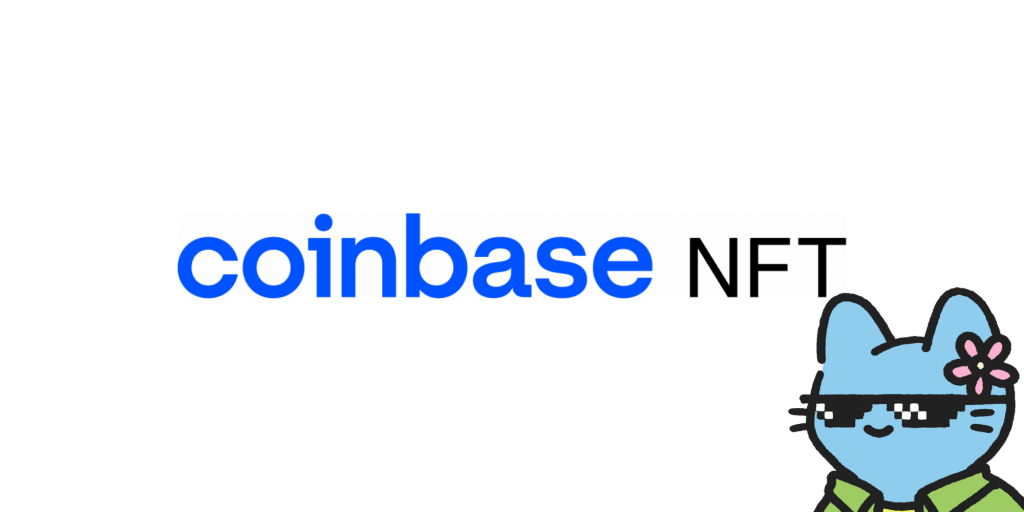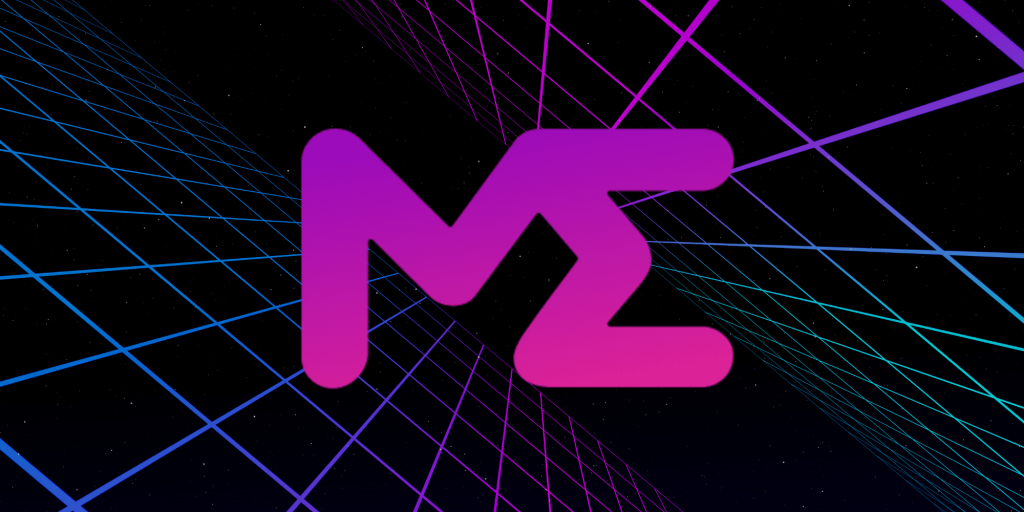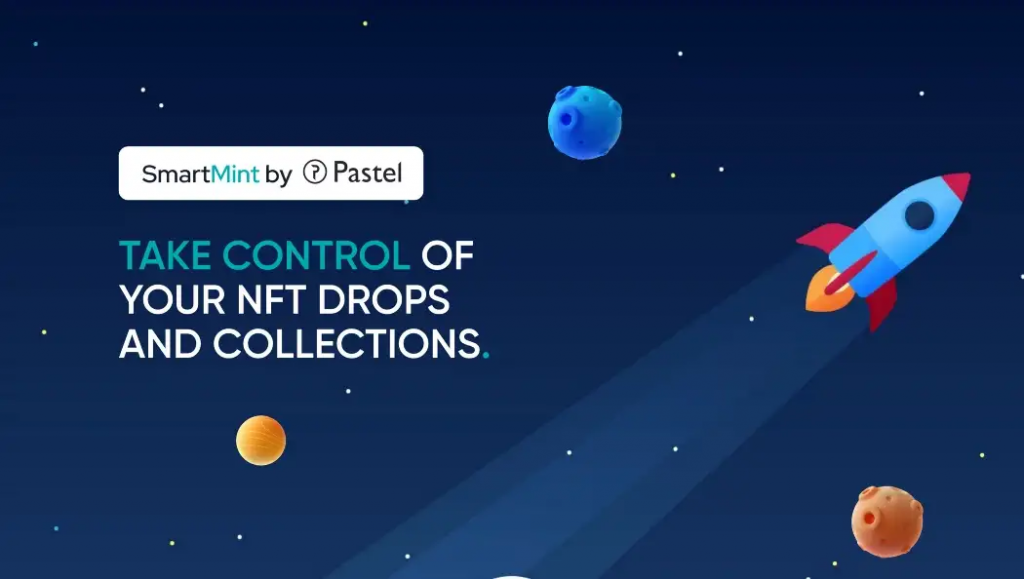Blockchain protocols allow for the recording of transactions in a trustless, distributed, peer-to-peer manner using a public ledger without the need for any central authorities.
Blockchains have changed how the world organizes capital, data, and assets and will continue to have implications across several industries, including financial services, real estate, supply chains, etc.
The blockchain concept had existed before Bitcoin came to public light in 2008, but Bitcoin is the first significant example of a blockchain that everyone now knows.
Bitcoin arose to solve the fundamental problem of lack of trust in value transfer methods and peer-to-peer payments over the Internet without double-spending, meaning without spending the same set of values twice, since digital information can typically be copied.
The public ledger that is blockchain maintains a continuously growing list of transactions and data chained and stored within blocks that are cryptographically secured from tampering or change by any parties using the network, making it immutable.
Additionally, because it is a distributed, public ledger, all parties using the network can see the past history of transactions, and the transactions can never be removed. The ledger becomes a shared and synchronized database across all parties, allowing all transactions to be publicly witnessed and transparent via a block explorer.
How Do Blockchain Protocols Work?
The blockchain is run by a network of nodes, or distributed networks of computers. These independent nodes verify the accuracy of transactions, maintain updated versions of the ledger, and record new transaction data on the public ledger.
The ledger is built as a linked chain of blocks. Each block contains a number of transactions validated as legitimate by the network during a specific time span and then recorded in the ledger.
Each block also includes the cryptographic hash of the prior block in the blockchain linking one block into a chain of blocks, which provides integrity of the previous block all the way back to the genesis block of the blockchain.
The benefit of blockchain is that it allows for distributed control instead of only functioning as a distributed database where data is still controlled by one entity. This allows different parties, people, and institutions that may not necessarily trust what the other is saying is legitimate to share information without requiring a central administrator (like a governing body or central bank) to verify the information alone.
Instead, the blockchain depends on its unique consensus mechanism, whereby nodes validate and record transaction data to reach a consensus that determines the final output of data into the ledger.
This prevents a single, non-trustworthy player or small majority from maliciously deciding to change the record of the ledger. For Bitcoin, this would require a majority to obtain 51% control of the hash rate for the Bitcoin network, which is almost impossible to do.
As new transactions are added to the blockchain, the prior transactions become more difficult to manipulate. With 13,000+ live Bitcoin nodes today on the network, it becomes almost impossible for a bad actor or hacker to remove past blocks from the chain or publish fraudulent data to the ledger.
Different Types of Blockchains
While the above details the Bitcoin blockchain, there are several types of blockchains with their own style of reaching consensus, governance, and other factors.
Ethereum is a platform for decentralized blockchain projects such as dApps, decentralized Finance (DeFi), Non-Fungible Tokens (NFTs), and smart contracts.
NFTs are blockchain-based tokens that each represent a unique asset such as a piece of digital content, media, art, or other tokenized asset and verify its ownership and authenticity. NFTs are designed to be cryptographically verifiable, unique or scarce, and easily transferable.
Any developer and project in the world can use the Ethereum public blockchain in a permissionless manner to launch their own tokens, including NFTs, as long as it adheres to the specifications of the Ethereum network.
Today, the Ethereum network regularly facilitates the flow of tens of billions of dollars of value, with over $150B USD of value currently locked in smart contracts on its network as of Q4 2021 to facilitate decentralized asset exchange such as involving lending, insurance, and payments.
Ethereum network Total Value Locked in DeFi, Source: https://defillama.com/chain/Ethereum
Due to the adoption of DeFi and NFTs, Ethereum has recently become so widely used that using the Ethereum network has become cost-prohibitive for many users today due to high transaction fees and congestion on the network.
NFT Trade Volume 2021, Source: The Block
Thus, many participants have explored other Layer-1 blockchain platforms that offer similar decentralized applications like Ethereum, with lower transaction fees and varying decentralization and security profiles.
Other Layer-1 blockchain protocols involve blockchains with varying performance and utility to target niche or enterprise sectors, such as Avalanche, Flow, Solana, and Terra, and have also innovated with new consensus algorithms, blockchain architectures, and execution environments.
As alternatives for specialized tasks, certain purpose-built niche blockchains have arisen, such as high-performance blockchains for creating NFTs such as Flow, blockchains for making supply chains more efficient, or others to help move and store different types of information at a higher throughput than on major public blockchains such as Bitcoin.
Unlike the general-purpose blockchain of Ethereum, Flow is built to efficiently scale for billions of people interacting with NFTs such as in-game items. Flow was created by Dapper Labs, the team behind NBA Top Shots and CryptoKitties.
Flow improves upon Ethereum specifically for the use case of NFTs to create fast, proof of stake-powered consensus without the sharding in ETH 2.0, near instant finality without reducing decentralization, in contrast to Ethereum’s 12-60 second time-to-finality, and is scalable for the large demands of a growing blockchain gaming industry while being inexpensive to use.
Solana is another high-performance public blockchain created to track transactions in a specific sequence, optimizing scalability over decentralization, and enabling scalable apps and NFTs for developers and users, with extremely low transaction fees and high throughput.
Final Thoughts: Blockchain Use Cases
Blockchain as a technology can be used for any use case, enterprise or otherwise, that deals with the transfer of data or value in some form.
It has the potential to revolutionize the financial services industry due to removing the need for intermediaries such as payment processors. Any industry that involves agreements, which is almost every business in the modern economy, can benefit from the use case of smart contracts, which are agreements denoted in code.
Elections, voting, and governance, in general, are another use case of blockchain that can become more transparent and easier to participate in for all parties.
Rights to intellectual, physical, or creative digital property is another use case that blockchain makes easy to authenticate and transfer as tokenized assets, in the example of NFTs.
Due to the decentralized, trustless, and immutable nature of blockchain technology can create several innovations and impact many industries that will continue to change the organization and transfer of data and assets.
While Bitcoin was the original blockchain that came to public light, Ethereum and other more niche and specific blockchains are where the majority of modern-day development is happening.








